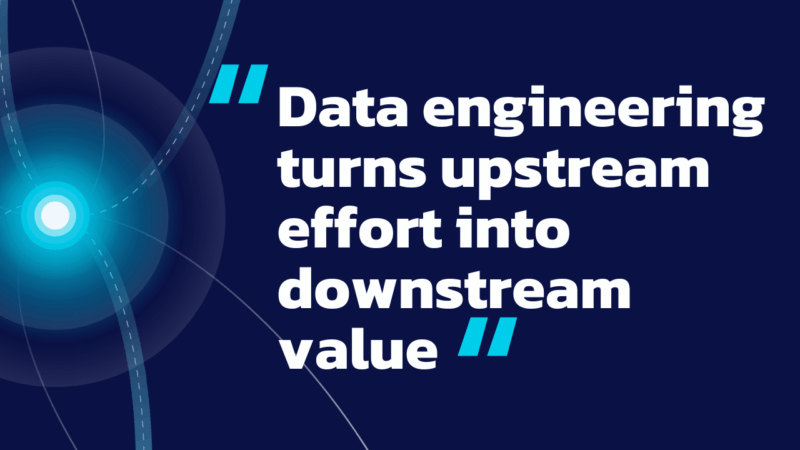
Industry Trends
ML Investments: Hype or Minting Money?
The return on machine learning projects can be monumental, but many of them have negative returns.
I recently read Rob Litterst’s post on LinkedIn about the immense increase in Adobe’s valuation since they announced their intention to acquire Figma. My first thought was that it sounds like the rise of crypto-currency or any other asset bubble in the last 200 years.
A huge portion of AI/ML projects fail, or never get deployed. The cost of developing these projects are both the direct costs of employee labor and compute and the opportunity cost of what the business was diverted from doing while they were chasing auto-magical solutions.
Why do companies do this? Why do people play the lottery? Because, sometimes, you win.
Dataiku has a good blog post with a list of Case Studies where ML successfully drove business decisions and generated a huge ROI:
1976: The New England outfitter, L.L. Bean, developed recency-frequency-monetary-value (RFM) models for seven million customers. Storage alone cost them $2.5 million in today’s dollars, but they quickly became a top U.S. mail order retailer.
1984: Chase Bank direct mail predictive models for credit card customer acquisition showed that the optimal campaign was to mail to everyone. They did.
1991: HNC Falcon, a 500 parameter artificial neural network, detected credit card fraud in real-time and saved banks hundreds of millions of dollars.
2001: Amazon.com product recommendations generated about 25% of company revenue, billions per year.
2012: Facebook reached one billion monthly active users, driven by personalized news feeds that captivated users’ attention.
2017: Google’s AlphaZero chess program played 10 million games against itself in two hours and became better than any human. After four hours, it was the best chess program ever.
2021: A semiconductor manufacturing equipment provider optimized new chip recipes using deep learning and 50,000 input signals, generating $1 billion in value per factory.
2022: OpenAI ChatGPT acquired one million users in five days.
Source: https://blog.dataiku.com/the-economics-of-ai-use-cases
We all hope to be part of one these incredible projects. The questions is, how do we improve the odds for success to something better than playing the lottery?
***
About the image: “Tulip mania (Dutch: tulpenmanie) was a period during the Dutch Golden Age when contract prices for some bulbs of the recently introduced and fashionable tulip reached extraordinarily high levels. The major acceleration started in 1634 and then dramatically collapsed in February 1637. It is generally considered to have been the first recorded speculative bubble or asset bubble in history.” Wikipedia Unknown Artist — CC BY-SA 4.0.





